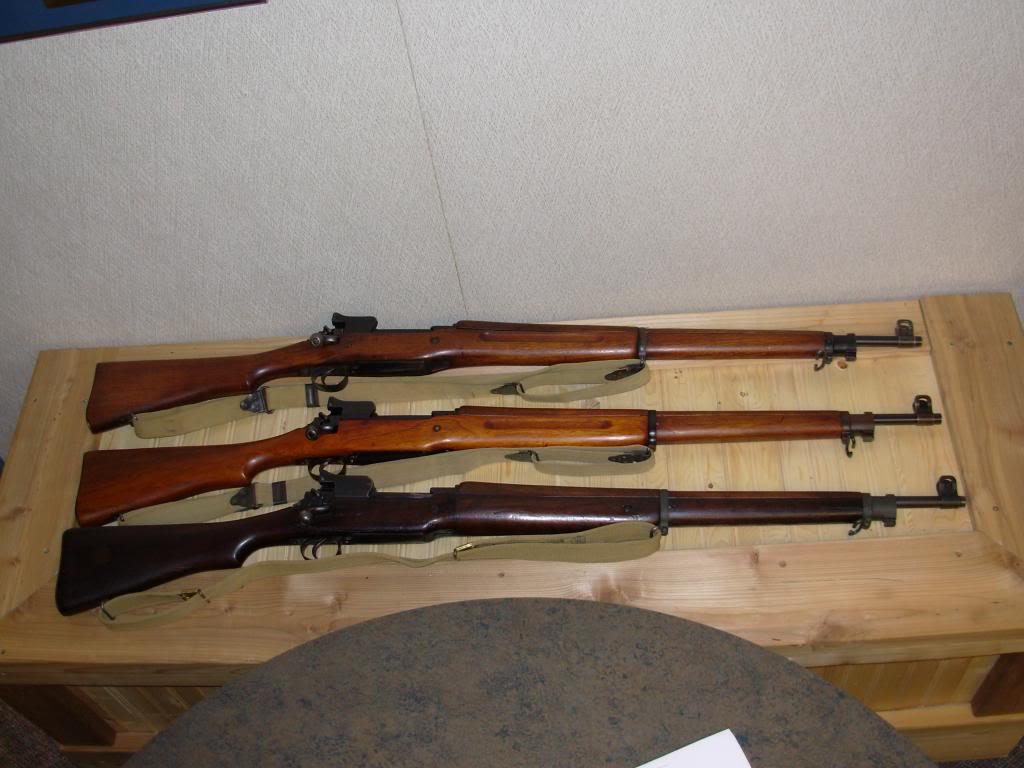-
Legacy Member

I saw that but wasn't sure if it was a date or a unit marking so figured it was best not say anything. I just checked and the unit I thought it just might have been is the 12/16th (hunter river lancers), the local reserve unit and formerly a CMF unit.
-
-
07-30-2016 06:46 AM
# ADS
Friends and Sponsors

-
The number next to the 12/16 date(?) is 13762. Presuming that this is the original rifle number, that would go some way to assuming that the butt was originally fitted to another rifle.
Off subject a bit...... I remember the old CMF's as the sort-of equivalent of our TA's at the time. Do CMF's still exist in Oz.
-
-
FREE MEMBER
NO Posting or PM's Allowed

You gentlemen are good, I'm impressed! Thank you!
-
Contributing Member


Yes they still are Peter but are now known as the Army Reserve;
From - 1 March 1901 – 1980 (as Citizens Military Force) 1980 – present (as Army Reserve)
Source Wikipedia
-
Thank You to CINDERS For This Useful Post:
-
FREE MEMBER
NO Posting or PM's Allowed


Originally Posted by
Parashooter

Does anyone know what years the John Jovino Co imported these?
-
FREE MEMBER
NO Posting or PM's Allowed

Well I found it was the 80's and 90's. Interesting history on Jovino as well with it being the oldest gun shop in NY and claimed as the oldest in the US too. I guess the modern version of Henry Rifles is part of the Jovino family too.
-
Legacy Member

The "rounded" cocking piece was the "correct' one for early SMLE's, even those built a Lithgow . That specimen is certainly an Enfield product, but there was a fair bit of 'cross-pollination" going on almost from the beginning.
. That specimen is certainly an Enfield product, but there was a fair bit of 'cross-pollination" going on almost from the beginning.
The rounded shape was supposed to "minimise" hand damage during bayonet fighting. Remember that the rifle was seen as a "bayonet extender" that could, occasionally, lower the "tone" of the battlefield and actually be used to fire bullets in the general direction of the enemy.
The "block with grooves" cocking piece was a "temporary" WW1 "relaxation"; much cheaper to make the grasping end.
That "simplified" pattern ended up staying to the end of Oz SMLE building in the mid 1950's.
BOTH patterns were acceptable in repairs / rebuild, as long as they were dimensionally and functionally correct.
The number of Lithgow rifles that ended up buried in French / Belgian mud, rebuilt in British
/ Belgian mud, rebuilt in British arsenals or dumped at sea post war, certainly skews any analysis of production. And then there was the sizeable quantity shipped to Britain, post Dunkirk, during the Second Great Unpleasantness and subsequently lost, rebuilt, "dumped" or "surplussed".
arsenals or dumped at sea post war, certainly skews any analysis of production. And then there was the sizeable quantity shipped to Britain, post Dunkirk, during the Second Great Unpleasantness and subsequently lost, rebuilt, "dumped" or "surplussed".
And then there are those like the "J. J. Co" multitudes.
-
Thank You to Bruce_in_Oz For This Useful Post:
-
Advisory Panel



Originally Posted by
Bruce_in_Oz

The rounded shape was supposed to "minimise" hand damage during bayonet fighting.
Interesting concept. The least of issues during bayonet fighting...yes, I've heard that one before about that part.
-
-
FREE MEMBER
NO Posting or PM's Allowed

not to belabor a point , but it sometimes crosses my mind that those who use incorrect nomenclature dont actually realize why it is so important to the discussions , this one startsed with NO3 mkI - here is what a no3 mkI actually looks likt , the dark one here made by eddystone in the USA ................ nothing like a no1 mkIII/III* brit and ausie [yours] or a no1 mk3 [india]
................ nothing like a no1 mkIII/III* brit and ausie [yours] or a no1 mk3 [india]















 PM
PM












